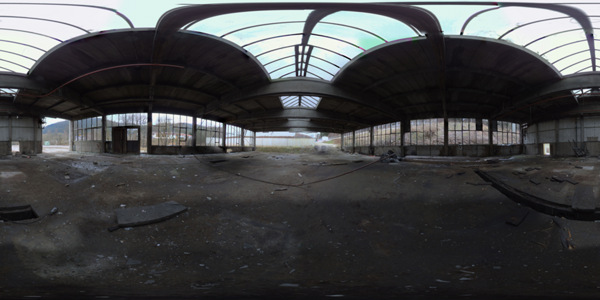Fusion Macros Video Tutorial
I’ve finished another tutorial. Learn how to create macros and spice them up with custom controls:
Final Fantasy Stop Motion
Remember, when kids played with their action figures instead of creating an awesome 8 minute stop-motion battle sequence full of VFX?
Also, here’s a look behind the scenes.
Scripting Tutorial
I’ve recorded my very first video tutorial:
It introduces Fusion’s scripting console and describes basic commands to create and modify tools and handle file names.
Took me 3 evenings to record it and cut the 45 minutes down to 15. I hope you like it 🙂
The Final Answer to All Lens Flare Plugins
Raytracing lens-flares through a model of an actual lens. Fast enough for real-time use!
Matthias B. Hullin, Elmar Eisemann, Hans-Peter Seidel, Sungkil Lee: Physically-Based Real-Time Lens Flare Rendering. In: ACM Transactions on Graphics, Vol. 30 (4), 2011 (Proc. SIGGRAPH).
On Stranger Tides
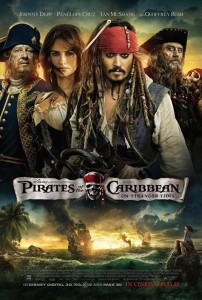 Pirates 4 is in cinemas. I’ve worked on a couple of shots including a sequence of 3 shots at the climatic end of the movie. Unfortunately, the credits of our crew of about 20 artists had to be reduced to a single line of “additional vfx” to make room for the 200 Hawaiian drivers that were employed on set. Bummer.
Pirates 4 is in cinemas. I’ve worked on a couple of shots including a sequence of 3 shots at the climatic end of the movie. Unfortunately, the credits of our crew of about 20 artists had to be reduced to a single line of “additional vfx” to make room for the 200 Hawaiian drivers that were employed on set. Bummer.
What about the movie? Well, boring most of the time. The stereo 3D in the first half, where a lot of fast-paced sword fighting happens, is annoying and blurry. The glasses really dim the picture as well. Gorgeous matte paintings every once in a while but no properly motivated characters or dialogue to give them a reason for being in the movie. A good laugh every 20 minutes but Johnny Depp’s queer routine got old in part 2 already, and in “Stranger Tides” he seems to have realized it himself.
The movie is great for people who get excited by the mere image of pirates doing pirate-y stuff. Most of us leave that stage behind at age 14.
Diese Biene, die ich meine…
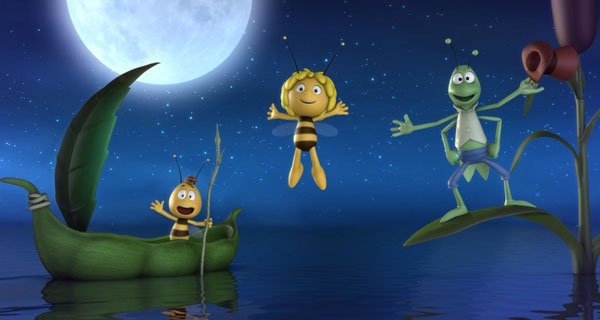 Es wird neue Folgen von Biene Maja geben. In “3D” natürlich, und ob dieser Pressemitteilung denkt man sofort an Stereoskopie. Aber weit gefehlt, es handelt sich um “3D” im Sinne von CGI. Die Mitteilung wird garniert durch ein paar Screenshots, von denen hier einer abgebildet ist.
Es wird neue Folgen von Biene Maja geben. In “3D” natürlich, und ob dieser Pressemitteilung denkt man sofort an Stereoskopie. Aber weit gefehlt, es handelt sich um “3D” im Sinne von CGI. Die Mitteilung wird garniert durch ein paar Screenshots, von denen hier einer abgebildet ist.
Auf die Gefahr hin, potentielle Arbeitgeber zu vergällen: Oh je, sieht das altbacken aus. Das Character Design ist ja noch ok – schließlich geht es darum, die bekannten Figuren wieder erkennen zu können. Aber das Shading?! It’s just soooo 90’s.
Zum Vergleich ein schneller Überblick über semi-fotorealistisches, cartooniges Shading, das wir in den letzten Jahren genossen haben:
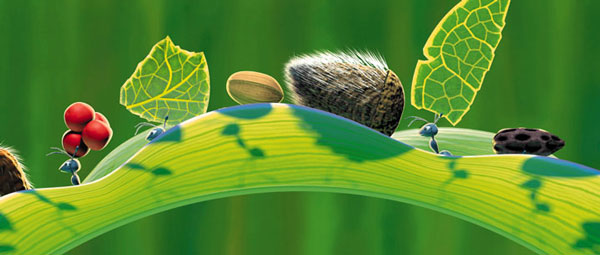
Transluzentes Blattwerk in A Bug’s Life. Anno 1998!
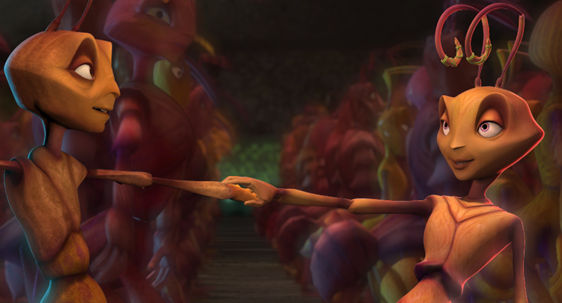
Lighting & Shading in Antz, ebenfalls 1998.
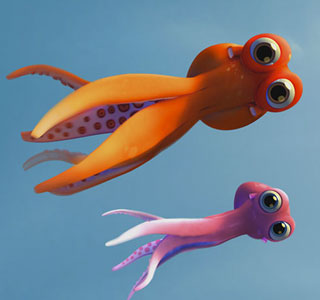
Skin-Shading in Oktapodi, 2007

Details an Augen, Haaren und Haut in Cloudy With a Chance of Meatballs, 2009
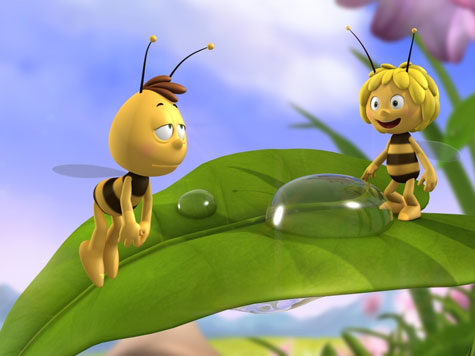
Die Biene Maya und ihr Freund Previz, 2011?
Es ist ja nicht so, dass es Deutschland an fähigen Artists fehlen würde (ich kenne jedenfalls eine Menge). Und natürlich habe ich keine Ahnung über Budget und den gewährten Zeitrahmen für das Maja-Remake… Aber ich glaube, nach allen meinen bisherigen Branchen-Erfahrungen, dass die Verantwortlichen beim ZDF sämtliche coolen Designs so lange abgeschossen haben, bis so etwas als kleinster gemeinsamer Nenner herausgekommen ist… Schade. Innovatives und Schönes wird dann eben weiterhin in Frankreich oder in Übersee produziert.
Bei der FMX und dem Stuttgarter Trickfilmfestival, die beide nächste Woche stattfinden, wird wieder zu sehen sein, was aktueller Stand der Technik und der Kunst ist.
Cube Map to Equirectangular (LatLong Map)
Now and then you need to touch up matte paintings or sky domes that have been stitched from photos and thus are in a panoramic format like the equirectangular – also called latlong – format.
In these cases a useful workflow involves rendering an undistorted view using a camera with an angle of view of 90 degrees and a square film back. If you did this 6 times along each axis it would be called a cube map, but usually you only need one face of the cube for retouching and it doesn’t have to face exactly in the same direction as an axis.
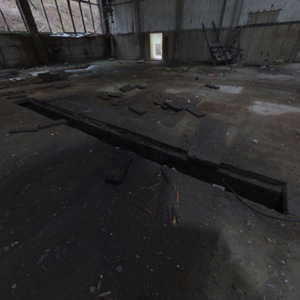
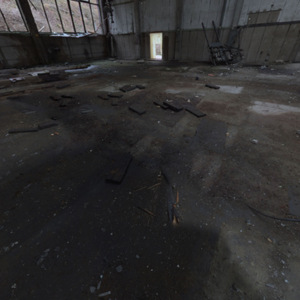
The advantage of these cube maps is that straight lines stay straight, which means you can easily use Photoshop’s vanishing point tool on walls and floors. The problem is the inverse transformation, that takes you back to a distorted, equirectangular panorama. Nuke has a nice tool called “SphericalTransform”, but Fusion users had to rely on 3rd party plugins or software like Hugin or HDR Shop.
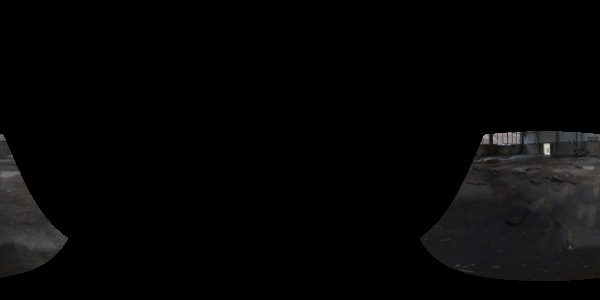
The modified cube map tile is transformed back into a latlong map.
Well, not anymore. This Fuse, called CubeToLatLong, will do the inverse transformation for you. The formulas I’ve used can be found here.
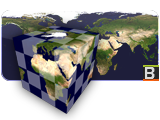
Download CubeToLatLong_v1_0.Fuse or read more about it on Vfxpedia.
